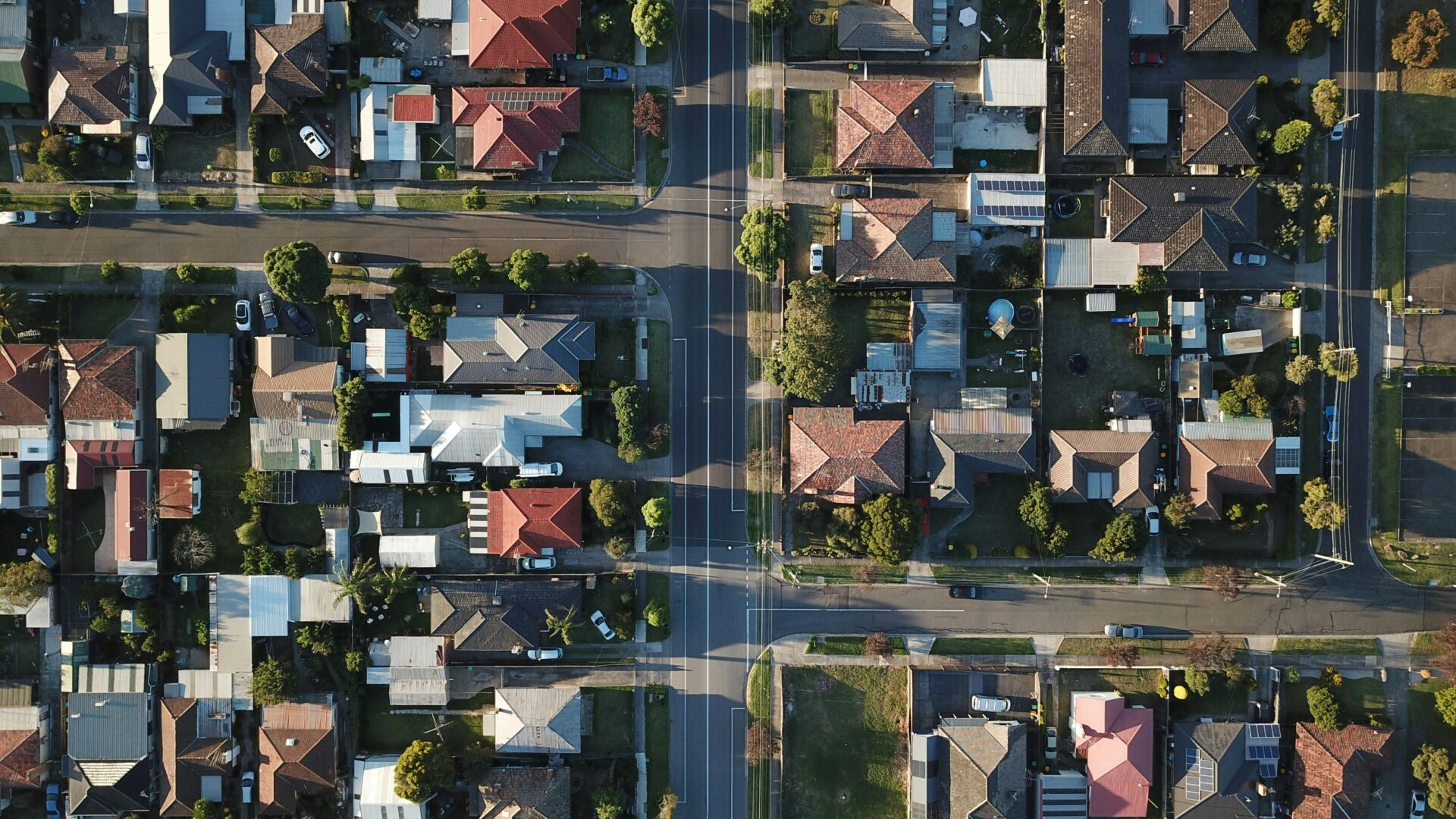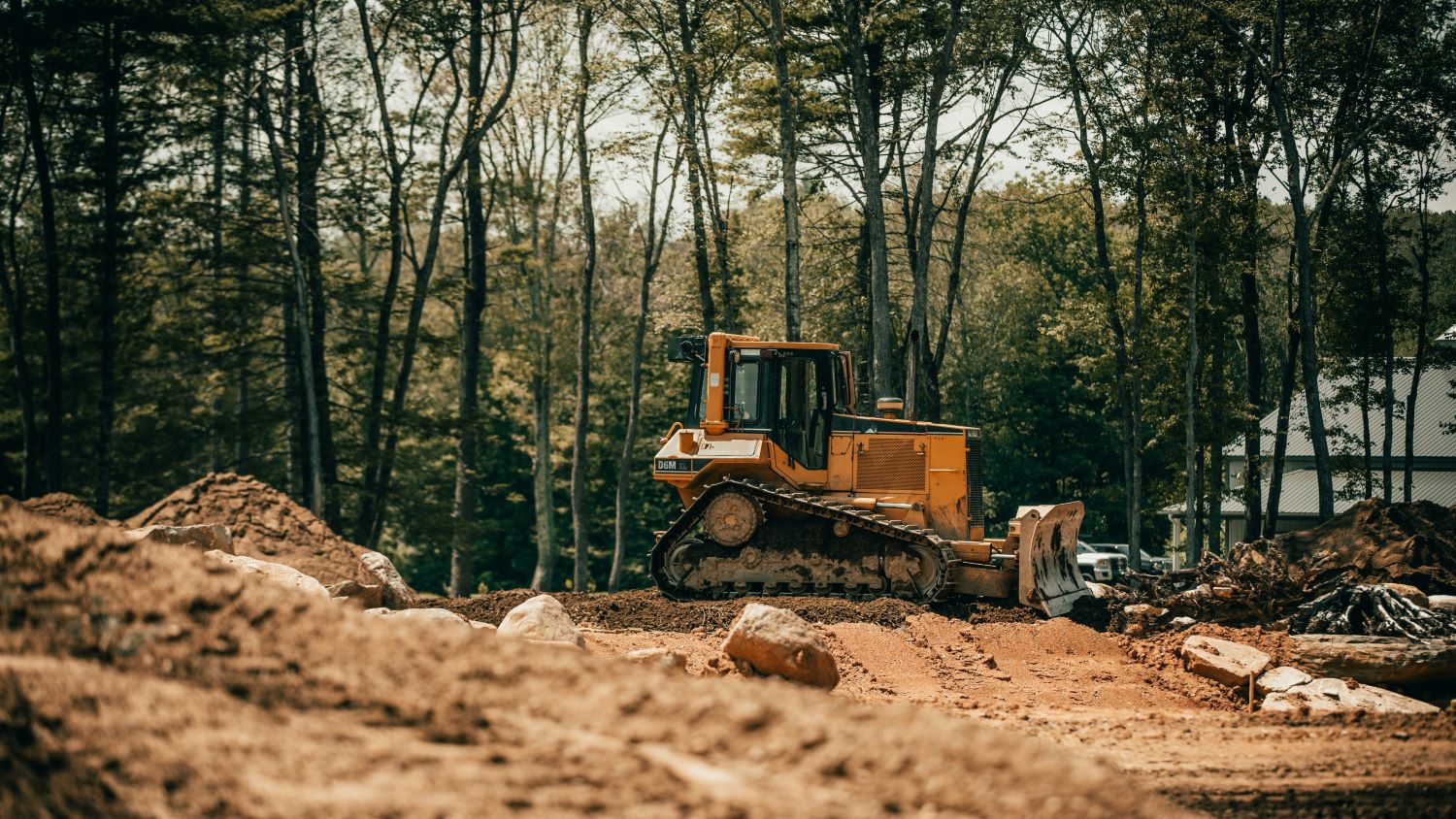The apartment building is suffering from building defects, what should be done?
Defects (whether workmanship, or materials) commonly lead to weathertightness issues and further deterioration of the building and materials. Depending on when the building was constructed, or previous remedial work carried out, there may also be various warranty periods that are important. Where an owner or the body corporate is aware of possible defects, the first steps are to commission an independent inspection by a registered building surveyor/inspector to determine the nature and extent of the defect and identify whether any warranty or limitation periods are about to expire.
Deterioration of materials, potential defects, and maintenance issues, are likely to be identified through the process of a body corporate preparing or reviewing its long term maintenance plan, by an owner noticing the potential problem or by the body corporate and/or building manager. Encouraging regular reporting on these matters may be helpful.
Who should commission the report/investigation?
Both owners and the body corporate have obligations to repair and maintain. Whether the body corporate or an individual unit owner should commission the inspection and report depends on the type and location of defect or concern.
An owner can commission the investigation if the defect is confined to an individual unit and not a “building element” or “infrastructure”. However, the owner is unlikely to have any obligation to share the report and findings with the body corporate or other unit owners.
Where the defect is believed to be widespread or systemic, the body corporate is likely to be better placed to commission the report. If the investigation concerns common property, building elements, or infrastructure, then the body corporate has a responsibility to repair and maintain and should therefore commission the report.
The investigation report has identified building defects, what should be done?
This creates two separate issues. Depending on the nature of the defect, the body corporate or owner(s) may need to repair it. If the defect is a result of material or workmanship failure and within a warranty period and/or limitation period, the body corporate and owners are likely to have a claim against the responsible parties (building contractors, developers, local authorities, architects, etc) for the costs of repairs, together with other costs (such as general damages for loss of rent or use, alternative accommodation; investigation costs and legal expenses).
The process of repairing extensive defects and bringing claims against responsible parties are complex, particularly for body corporates. It is critical that professional advice from building and construction specialists and lawyers is sought to ensure the correct processes are followed and necessary evidence obtained to prove the damage and losses.
Generally it will be necessary to obtain multiple building reports. The first report is likely to be a visual inspection identifying potential defects. A further invasive inspection will normally be conducted (particularly where internal linings, framing or membranes may have deteriorated) to identify the extent of the issues. After that it may be possible to prepare a remediation methodology, preliminary scope of works and have the repairs costed/tendered.
Who pays the cost of remediation or litigation?
Assuming the body corporate is undertaking the remediation work or bringing a claim against the liable parties, owners will be levied the cost of doing so. Generally this is on a unit entitlement basis, like other levies. However, the nature of the repairs may mean that it is fair and appropriate to use a different levying method/proportion. Any alternative method needs approval of owners, and possibly a s74 order.
Remediation is often contentious. It is important that the body corporate and committee/project team appropriately share information with owners, take into account their views and have the necessary authorisations and approvals in place to progress the project.
If litigation is successful (either through court judgment or settlement), the body corporate may be reimbursed its legal costs. The amount depends on various factors, but in both cases it is unlikely that the body corporate would recover all of the legal costs incurred.
How long will this process take?
Unfortunately, from when a defect or leak is identified, until when it is repaired and/or the costs of repairing recovered from any liable parties can be many years. This is largely due to the need for the body corporate and owners to investigate, identify the cost of repairs, and then resolve a claim through the court or negotiation. The extent and complexity of the defects and the cost of repairs usually has a significant bearing. If it is a relatively minor issue in which owners have a common interest, like replacing a roof, that may be resolved quite quickly. However, if there are multiple issues, caused by different and multiple parties and it is necessary to issue court proceedings, then it is likely resolution could take several years.







